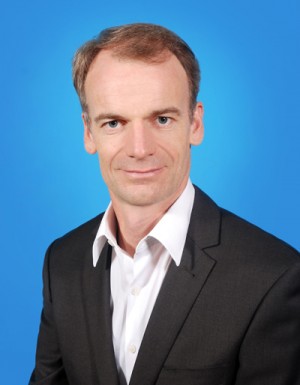































 By Andrew Mackay, Head of Mobile Solutions, APAC
By Andrew Mackay, Head of Mobile Solutions, APAC
I have discussed in the past the increasing importance of Smallcells in a Service Providers access strategy (Bringing LTE Indoors and Cost Optimised Indoor Coverage), but to truly leverage Smallcells once deployed in an optimal way is not a trivial task. Normally the Smallcell supplier is different to the Macro network and often a different mix of technologies (e.g in the case of Wi-Fi) and frequency bands are involved. The term Heterogeneous, meaning "diverse in character or content" (oxforddictionaries.com), is indeed fitting. So what is the right approach to building an optimal Heterogeneous Network or HetNet?
The guiding principle must be the consideration of end user Quality of Experience (QoE).They don't care if they are on a Macro or Smallcell, licensed or unlicensed spectrum; they just want connectivity for their services whenever and wherever they are, without any bill shock. If a Service Provider can't measure, control and if required bill (or choose not to bill) their customer then they aren't providing a service at all. In fact, device platforms and OTT services are looking to step in to control the end user access instead, for example Apple OS, Android or Microsoft deciding when to run Voice, Messaging or Data applications over Wi-Fi or cellular with the network operator none the wiser.
Once subscriber QoE is under the Service Provider's control the remaining principle is how to leverage the HetNet for maximum profitability. The access must be "orchestrated" to meet every individual QoE requirement with the access that yields the lowest cost per bit. The "secret sauce" then to building a HetNet is mastering this "Access Orchestration".

Different Perspectives of a Heterogeneous Network
There is a veritable soup of standards and industry initiatives working on Access Orchestration. While many are conceptual and part of future standards work there are some existing technologies which have been underutilised to date, such-as:
Each of these solutions individually allows a degree of Access Orchestration, but when these are combined and work in harmony this forms the basis of a true HetNet Orchestrator. An example of this approach is with the Cisco Quantum software suite which leverages these technologies, coupled with network intelligence and Service Provider policy preferences.
Only a multi-technology and multi-vendor approach can ensure a global interoperability eco-system, something Cisco takes to heart as it helps Service Providers to build true heterogeneous networks.
Tweet us @CiscoSP360 about your thoughts or comments.
 Горячие метки:
* мобильный телефон
В сети интернет
LTE
Подключение к интернету
HetNet
ANDSF
cSON
Cisco Quantum software
dSON
Горячие метки:
* мобильный телефон
В сети интернет
LTE
Подключение к интернету
HetNet
ANDSF
cSON
Cisco Quantum software
dSON